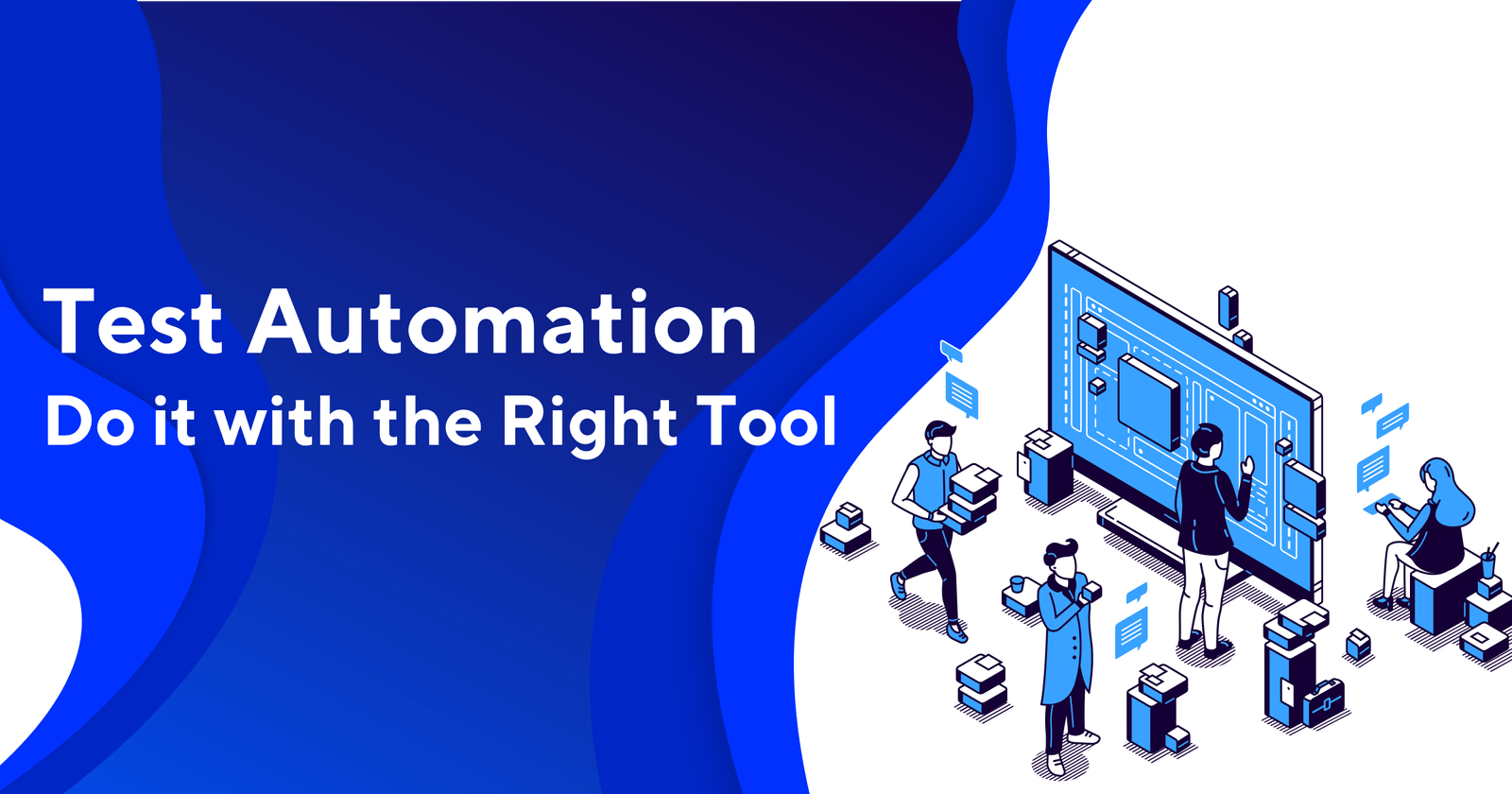Automated testing services play a crucial role in modern software development by streamlining the testing process and ensuring software reliability. Unlike manual testing, where testers execute test cases manually, automated testing uses specialized tools and scripts to perform tests with minimal human intervention. This approach not only speeds up the testing process but also enhances accuracy and consistency.
Automated testing is essential for businesses looking to improve software quality while reducing time-to-market. It allows teams to identify and fix issues early in the development cycle, leading to more stable and efficient applications. By leveraging automation, companies can optimize testing workflows, minimize human errors, and improve overall product performance.
Benefits of Automated Testing Services
One of the biggest advantages of automated testing is speed. Traditional manual testing can be time-consuming, especially when dealing with large applications. Automated tests run significantly faster, providing quick feedback to developers and enabling rapid iterations. This is particularly beneficial in Agile and DevOps environments, where continuous testing is required.
Another major benefit is accuracy. Manual testing is prone to human errors, especially in repetitive test cases. Automated testing eliminates these errors by executing predefined scripts consistently. This ensures reliable test results, reducing the risk of undetected bugs in the final product.
Cost-effectiveness is another key factor. While the initial investment in automation tools and script development may seem high, the long-term savings are substantial. Automated tests can be reused multiple times without additional costs, reducing the need for manual testers and lowering operational expenses. Additionally, early bug detection prevents costly fixes later in the development cycle.
Key Types of Automated Testing
Automated testing covers various aspects of software validation, ensuring that applications function as expected under different conditions. Some of the most common types include:
Functional Testing focuses on verifying that software features work as intended. It checks whether the application meets specified requirements and ensures that user interactions produce the expected outcomes.
Performance Testing evaluates how an application behaves under different levels of load and stress. It helps identify bottlenecks, optimize response times, and ensure scalability, particularly for high-traffic applications.
Security Testing plays a critical role in protecting sensitive data and preventing security breaches. Automated security tests scan for vulnerabilities, detect potential threats, and ensure compliance with industry standards.
Regression Testing ensures that recent updates or code changes do not introduce new defects. Automated regression tests re-execute previous test cases to verify that existing functionality remains unaffected after modifications.
Challenges in Implementing Automated Testing
Despite its advantages, implementing automated testing comes with challenges. One of the main obstacles is the initial investment and setup complexity. Developing automation scripts, selecting the right tools, and training teams require time and resources. However, once established, the long-term benefits outweigh the initial effort.
Maintenance is another challenge. Automated test scripts need regular updates to keep up with evolving software changes. If not properly maintained, test scripts may become outdated, leading to false positives or missed defects.
Handling dynamic and complex applications can also be difficult. Applications with frequently changing user interfaces or dynamic content require robust automation strategies. AI-powered automation tools can help address these challenges by adapting to changing application behaviors.
Best Practices for Successful Automated Testing
To maximize the effectiveness of automated testing, businesses should follow best practices. The first step is selecting the right test cases for automation. Not all test cases should be automated—focus should be on repetitive, time-consuming, and high-priority tests that provide the most value.
Integrating automated testing into the development process is essential for continuous quality assurance. Implementing test automation in Agile and DevOps environments ensures that defects are detected and resolved early. Running automated tests throughout the software lifecycle helps maintain product stability.
Continuous monitoring and optimization are also critical. Regularly analyzing test results, updating test scripts, and refining test strategies enhance the efficiency and reliability of automated testing. Businesses should invest in tools that offer real-time analytics and reporting for better decision-making.
Future of Automated Testing
The future of automated testing is driven by advancements in AI and cloud technologies. AI-powered testing tools are revolutionizing the industry by enabling self-learning test automation. These tools can adapt to changes in application behavior, reducing the need for manual script maintenance.
Cloud-based testing is also gaining popularity, providing scalable and flexible solutions for businesses. With cloud testing platforms, companies can execute automated tests across different devices, operating systems, and geographical locations without the need for extensive infrastructure.
As technology continues to evolve, automated testing will play an even more significant role in software development. Businesses that invest in automation today will be better positioned to deliver high-quality software faster and more efficiently.
Conclusion
Automated testing services are a game-changer in modern software development, offering faster test execution, improved accuracy, and cost-effective solutions. By leveraging automation, businesses can enhance software quality, reduce development cycles, and ensure reliable performance.While challenges such as initial setup and maintenance exist, following best practices and adopting advanced automation tools can overcome these hurdles. As AI and cloud-based solutions continue to evolve, automated testing will become even more efficient, making it a critical component of software quality assurance.Investing in automated testing today ensures long-term success, enabling businesses to stay ahead in an increasingly competitive digital landscape.



